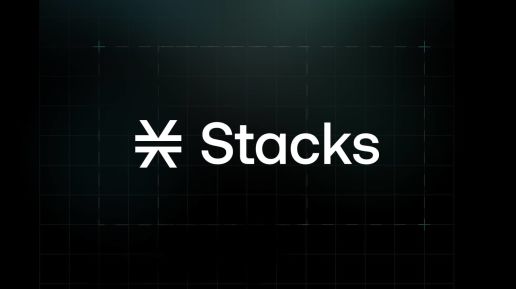A Closer Look Into Pox and How This Novel Consensus Allows Stacks to Bring the World of DeFi to Bitcoin
In blockchain development, developers often have to face the blockchain trilemma: creating a solution that’s simultaneously decentralized, secure and scalable.
For Bitcoin, decentralization and security aren’t a problem, but scalability is. Bitcoin’s core design focused on serving as a decentralized means of exchange and secure store of value, while newer cryptocurrency projects like Ethereum and Solana took it a step further by adding core functions that weren’t feasible with Bitcoin’s limiting design.
This is where the Stacks layer (or Stacks blockchain) and proof-of-transfer (PoX) come in - to directly address these design limits. Stacks was built to enable developers to create new decentralized applications (dApps) and PoX makes it possible to leverage the strengths of both blockchains (Bitcoin’s security and Stacks’ flexibility).
With PoX, Stacks creates an opportunity to build more with Bitcoin.
So how does this work?
Stacks: Under the hood
The Stacks layer isn’t actually built on top of the Bitcoin blockchain; rather, it’s a L2 blockchain that’s connected to Bitcoin’s blockchain. It operates via a combination of three distinct design choices: its native gas token (STX), its decidable programming language (Clarity) and its proof-of-transfer consensus model (PoX).
The primary purpose of STX is to facilitate safe and efficient interactions on the Stacks blockchain. Clarity enables the simple development of secure, transparent, and interoperable dApps and smart contracts on Stacks. PoX then serves as the bridge between the networks - the secret sauce that actually connects the Stacks blockchain to the Bitcoin blockchain.
The consensus that binds them (PoX)
PoX is directly tied to proof-of-work (PoW).
With PoW, miners consume electricity/energy in a race to solve complex computational problems. The first to solve them wins the right to create new blocks of transactions, earning crypto as their reward. While this process is highly secure, it��’s also resource-intensive, as it requires a significant amount of computing power/energy. Expanding PoW systems without greatly increasing energy consumption eventually became an issue though, so solutions like proof-of-burn (PoB) and PoX were developed.
With PoB, miners bid on a chance to mine a new block by “burning” a PoW crypto (the process of sending them to addresses that can’t spend them, forever removing them from circulation). The more PoW crypto that’s burned, the higher the miner’s chances of winning the bid. The randomly selected winner of this bid then mines the new block of the PoB chain, receiving new PoB tokens as their reward.
PoX, on the other hand, slightly changes PoB’s approach. Like PoB, miners bid by sending their PoW crypto to a series of addresses. Unlike PoB, those addresses belong to users who have locked up (“staked”) their PoX tokens, so the PoW crypto is recycled rather than being removed from circulation. The PoW chain is then used as an anchor chain, meaning that all of the PoX transactions would settle on the PoW blockchain.
This interconnected design allows developers to benefit from both the PoW chain’s security and the PoX chain’s flexibility. Also, this creates an incentive for both miners and users to see to the continued stability and integrity of both blockchains.
With Stacks, the PoW chain is Bitcoin, and the entire PoX process can be broken down into two core mechanisms:
- Mining: The miners send BTC to the reward set addresses for a chance to validate transactions and mine the next Stacks block.
- Stacking: Users add value to the Stacks network by staking their STX tokens, receiving a portion of the BTC that was bid by the miners as their reward.
Overall, PoX allows the flexibility of Stacks to meet the security of Bitcoin, creating a highly secure environment for extensive web3 building and exploration.
Bitcoin without limits
The demand for more robust development in web3 is on the rise. Unfortunately, the mainstream narrative surrounding Bitcoin still doesn’t paint it as a viable option for exploring the world of DeFi, NFTs and smart contracts. Fortunately, the combination of the Stacks blockchain and the PoX consensus mechanism offers a powerful and secure platform for developers and users to build and interact with the ever-expanding Bitcoin universe.
By design, Stacks will grow hand-in-hand with Bitcoin, both feeding off of each other's strengths until we arrive at a single, cohesive experience. Solutions like LNSwap that offer a decentralized means of quickly swapping between STX and BTC, making it easier than ever for Bitcoin users to jump in and out of the Stacks ecosystem. Then there are working Stacks proposals, like the recently debuted sBTC and Nakamoto Release whitepapers, that highlight the possibility of a decentralized BTC peg on Stacks and a means of finally being able to write to Bitcoin.
From Bitcoin NFTs and ‘.btc’ domains, to Bitcoin smart contracts and city-wide fungible tokens, Stacks is showing that Bitcoin innovation is alive and well. As such, Stacks is an exciting and promising platform with the potential to revolutionize the way we use and interact with Bitcoin.



